
In March, the Samsung Galaxy S7 edge became a hot gadget-to-have in Malaysia thanks to its many improvements, especially the Dual pixel camera technology. Recently Huawei's P9 and P9 Plus also arrived in Malaysia, this time with its Leica powered dual rear cameras. Yesterday, so did HTC's much-hyped HTC 10 which garnered enough positive impressions to make many think HTC is making a comeback. As usual, a comparison between the three beasts is inevitable. So which of these titans stands out the most? Read below to find out.
Tech-specs and performance - Very high-end specifications
Starting off, these three flagships have really powerful processors. To each of their own, the HTC 10 is equipping the latest Qualcomm Snapdragon 820; while Huawei has developed their own Kirin 955 chipset; the Galaxy S7 edge is supposed to have the same Snapdragon 820 too but in Malaysia; the chipset is the Exynos 8890, and possibly has the best CPU as well with an octa-core (2.35GHz +16.GHz quad) and quad-core (2.15GHz + 1.6GHz dual). The other two are lower with P9 Plus's quad-core (2.5GHz + 1.8GHz dual), and HTC 10's dual-core (2.15GHz + 1.6GHz). And although it's a general rule that with higher clocking speeds tend to make the smartphone hot faster, the Galaxy S7 edge has little trouble with that from our experience (read our review about it).
Besides that, all three share the same RAM and ROM memory with 4GB and two storage variants of 32GB and 64GB. The P9 Plus is the only one that doesn't have a 32GB internal storage option though, but has an expandable memory via microSD card just like the other two.
The Galaxy S7 edge also comes up on top with the bigger battery capacity with 3600 mAh, followed by the P9 Plus (3400 mAh), and HTC 10 (3000 mAh). Despite HTC 10 being the lowest, it comes with a Quick Charge technology and reports said it can charge up to 50% in just 30 minutes, not bad, but so does the Galaxy S7 edge, charging up to 60% in 30 minutes while the P9 Plus also has Dual-IC Rapid Charge as well.
Screen size isn't that much of a difference as well, except that the HTC 10 is shorter with 5.2-inch display compared to the duo of 5.5-inch display. Resolution-wise, Huawei is the lowest with 1080 x 1920p, losing out to both HTC 10 and Galaxy S7 edge (1440 x 2560p) but it is the only one to offer force touch, allowing for other control options based on how hard you press. Oh, all have the latest Android 6.0 Marshmallow too.
Design and features - Waterproof vs monochrome mode vs chamfered looks
Our Samsung Galaxy S7 edge liquid test
Design-wise, I personally think there's not much competition to this because the Galaxy S7 edge has the dual-curved edge screen. However, the overly chamfered HTC 10 does take chamfering to a whole new level, enough to make it look fairly unique compared to some other devices. The P9 Plus maintains a full metal body with rounded metal frame but it is also the thinnest of the three at 7mm.
Like what our review said, the Galaxy S7 edge has the best camera and image quality so far. Even though it dropped to 12MP from 20MP from its predecessor, the Dual Pixel technology really helped a lot, and has OIS, hand-gesture assist, LED flash and can capture a 4K video recording. That is until Huawei came along with their latest P9 and P9 Plus dual 12MP Leica rear camera, one for taking monochrome pictures and the other with colours, with awesome light painting and monochrome mode features that make it better than some DSLRs but just full HD video recording. HTC 10's 12MP rear camera with OIS (which the front has too), laser autofocus, 4K video recording and dual tone flash is also gaining good impressions as well, it even got a DxOMark score of 88 for camera quality.
In other features, HTC 10's BoomSound was redefined by the company and is said to make your ear/headphone listening experience even better. For the P9 Plus, it features the aforementioned Press Touch which is the same as Apple's 3D Touch technology and it also packs in an infrared blaster allowing you to use the phone as a Universal remote controller. But both don't have the IP68 grade water resistance that the Galaxy S7 edge has, not to mention it also has the game launcher support, and the Always-On display which proved useful without having to turn on the device to see notifications and time.
And of course, all three have fingerprint sensors but the Galaxy S7 edge is the only one with wireless charging. It is also the only one with a micro USB port, while the other two have USB Type C ports.
Price and Conclusion - Expensive, and it's either for camera or music
Now the question that you might have been waiting for, what bout the price tag? Well, the Galaxy S7 edge is really expensive costing RM3099 in Malaysia. As for the other two, the HTC 10 is going for RM2799 while the Huawei P9 is the lowest priced flagship at RM2599. All three are currently available in Malaysia.
Granted, these three flagships are quite amazing on their own. I guess for camera lovers like myself, they can consider going for either the P9/P9 Plus or the Galaxy S7 edge. If not, the HTC 10 itself is a fine smartphone (on paper), and it has the new BoomSound technology as well which I think music lovers would like to have.
Personally, after some time using both Samsung and Huawei's latest flagship, I'd choose the P9 Plus because of its dual Leica rear cameras technology, cheaper price, some nice "Plus" features and fantastic camera functions such as the monochrome mode (which we've seen in our Huawei P9 review) really do put many entry-level DSLRs to shame. We'd be interested to see how the HTC 10 stacks up and we'll update you as soon as we get some hands-on experience.
So which one do you think is better? Do you think both the HTC 10 and P9 line up can challenge Samsung's flagship in the camera section? Let us know in the comments below, thanks for reading and stay tuned for more comparisons at Technave.com in the future!







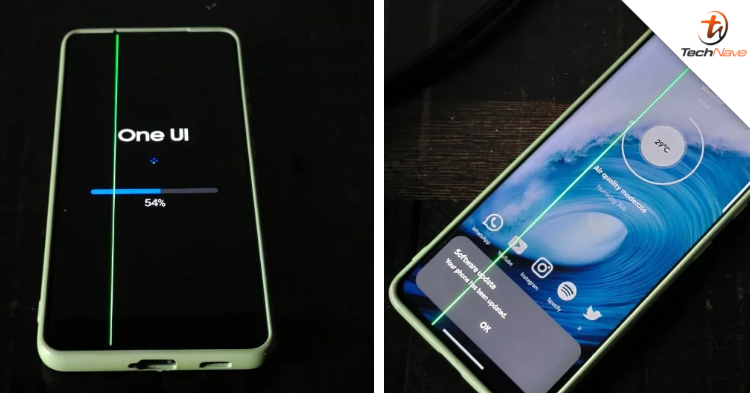
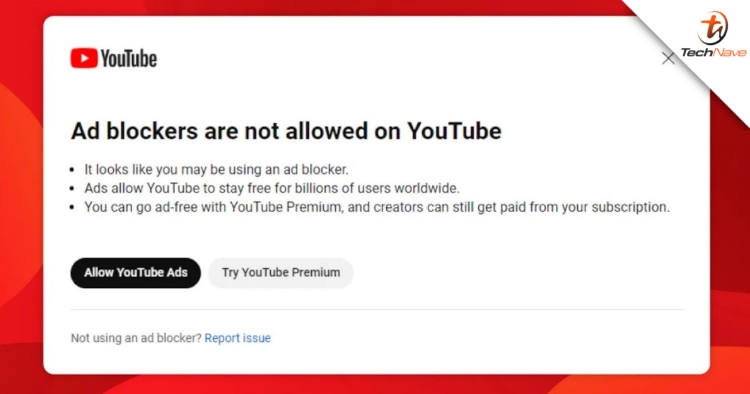
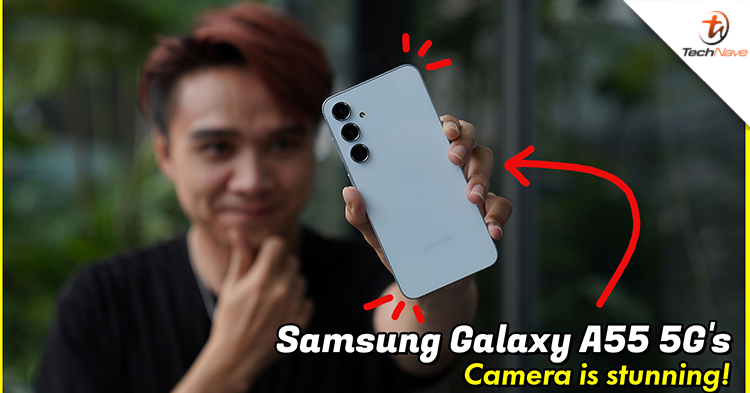
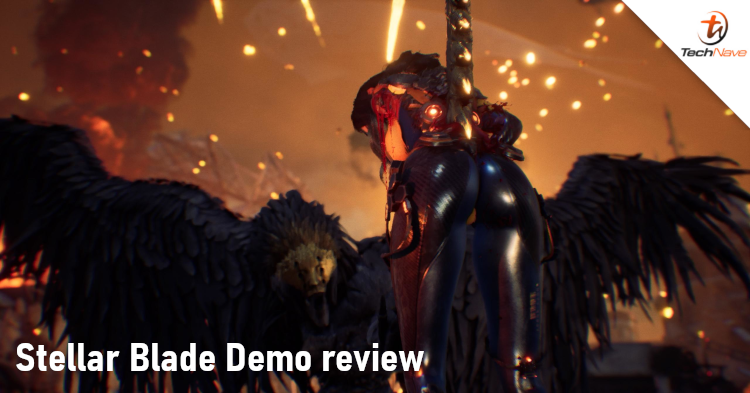
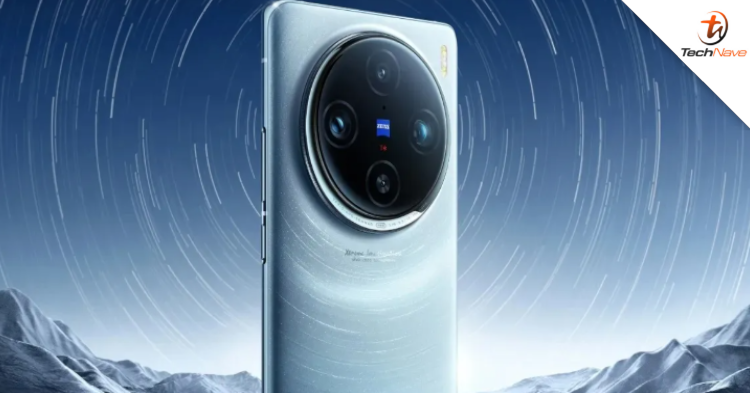

COMMENTS